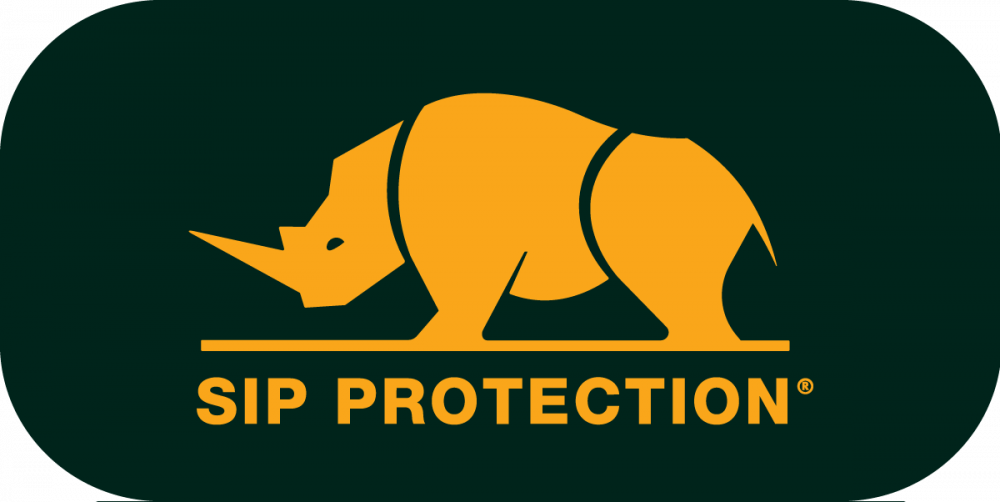Wash & care instructions

How to take care of your chainsaw protective clothing?
The protective system used in SIP Protection clothing is a combination of a number of immobilisation and speed reduction principles of the chainsaw.
Because of the unique features of the SIP Protection anti-cut material, we can manufacture products that comply with the European Standard EN 11393, and that are light, comfortable and easy to maintain.
Maintenance is of utmost importance to make sure that the independent layers within the protective inlay do not stick together, or are damaged in any way, thus decreasing the level of protection.
Compare it, if you will, to a car. Without occasionally servicing your brakes, you won’t be driving safely. Each garment you will get comes with a separate manual about how to properly wash and dry.
Whenever you have a question on the maintenance of your garment, please carefully read the user instructions that are added to every single packaging.
Below you’ll find a summary of the meaning of the wash & care symbols.
Find the correct washing instructions on the label in your garment.
 |
normal washing at advised temperature |
 |
max. at the advised temperature / reduced mechanical action / rinsing at decreasing temperature (cooling down) / reduced spinning |
 |
hand wash only / no machine wash / max. 40° / handle with care |
 |
do not wash |
 |
do not use chlorine-based bleach |
 |
tumble drying / normal cycle |
 |
tumble drying / lower cycle |
 |
do not tumble dry |
 |
all solvents normally used |
 |
all solvents except trichlorethylene |
 |
only petroleum solvents and R113 |
  |
limited movements |
 |
do not dry clean |
 |
high max. 200°C |
 |
max. 150°C |
 |
low max. 110°C steam-ironing may be risky |
 |
do not iron / no steam treatments |
When should I replace my chainsaw trousers?
This depends entirely on the frequency of use. When maintained properly, the quality of our products assures adequate protection for a maximum amount of time. The lifetime of your trousers will depend on the intensity of use (are you a daily or occasional user), on the roughness of the environment (thorns, ...) and on the style of trousers you have selected.
Take a close look at your chainsaw trousers or jackets. Do you see any of the following signs?
Dirt & grease

If your trousers or jackets are dirty and show traces of substances such as resin, chainsaw oil, gasoline, etc. the independent protective layers might stick together, meaning that the protection level of the blocking material is more likely to fail when you need it.
Please regularly wash your chainsaw protective garments according to the instructions in the manual.
Tears or cuts

Obvious tears in which the protection comes to the surface cannot be repaired. You should no longer use trousers or jackets that show signs that are similar to the examples below.


Damage caused by heat

Direct contact with a heat source e.g. a hot motor can induce a crusting or burning through process, damaging the protective inlay and shortening the independent fibres.
Be careful, even if your outer fabric is not visibly damaged by a heat source, the fibres that lie beneath it may have suffered from the heat, resulting in a reduced level of protection.
Shrinkage

Shrinkage decreases the level of protection because it might significantly reform the original shape of the protective layer. Tumble drying of chainsaw protective clothing might disturb the shape of the protective inlay, lowering efficiency.
Wrong stitching

Never stitch through the protective inlay (only the outer fabric may be repaired) as this will decrease the immobilisation process in case of an accident.
In addition, cutting off a piece of the trousers will also decrease the level of protection and you will be held liable in case of an accident.

